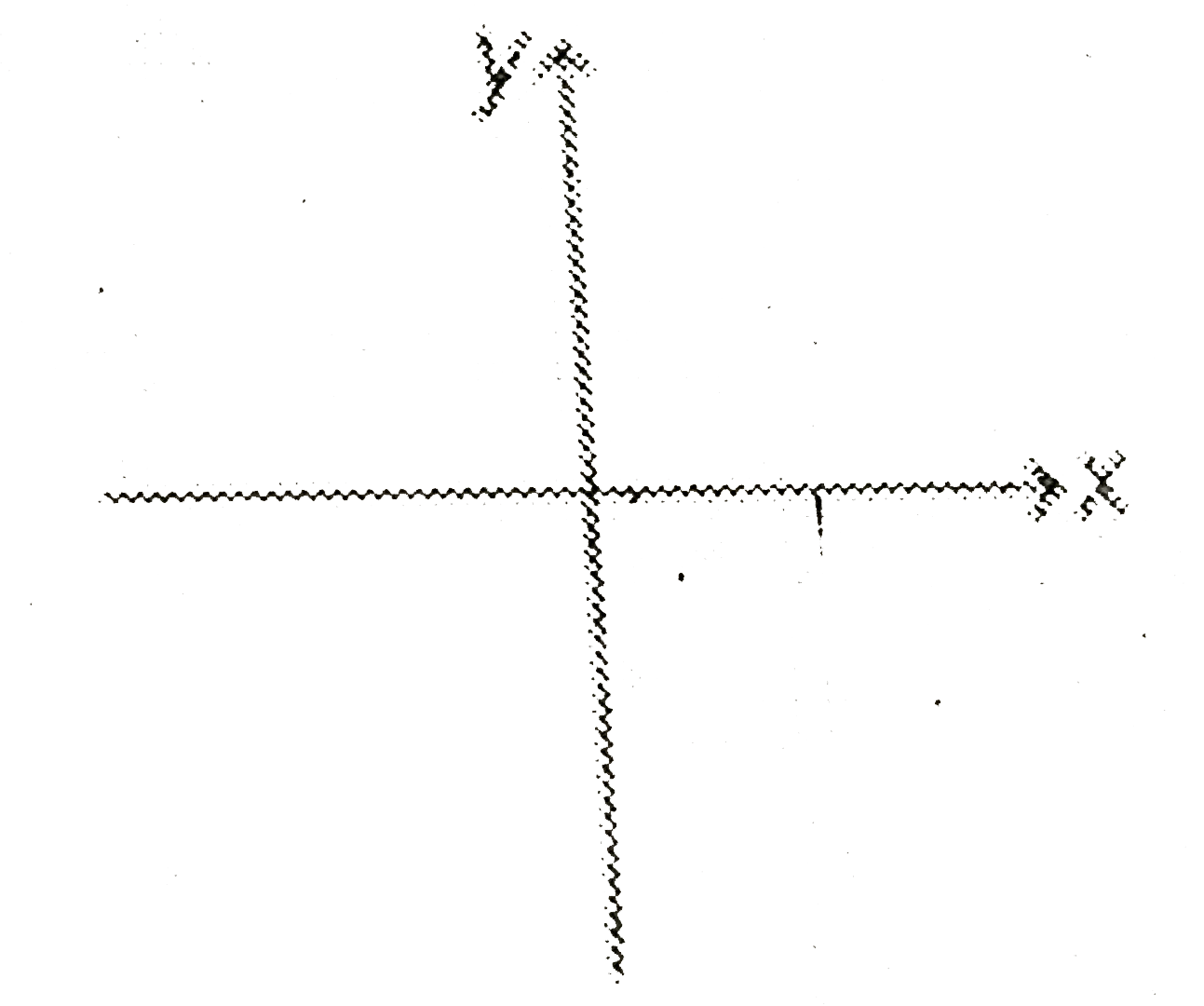The position of a particle in motion is given by y=Csinωt+Dcosωtw.r.t origin. Then motion of the particle is
SHM with amplitude C+D
SHM with amplitude √C2+D2
SHM with amplitude (C+D)2
not SHM
The correct Answer is:B
Step by step video, text & image solution for The position of a particle in motion is given by y = Csinomegat + Dcosomegat w.r.t origin. Then motion of the particle is by Physics experts to help you in doubts & scoring excellent marks in Class 12 exams.
Topper's Solved these Questions
- BOOK - RESONANCECHAPTER - SIMPLE HARMONIC MOTION EXERCISE - Exercise- 2, PART - I26videos
SIMPLE HARMONIC MOTION
- BOOK - RESONANCECHAPTER - SIMPLE HARMONIC MOTION EXERCISE - Exercise- 2, PART - II1videos
SIMPLE HARMONIC MOTION
- BOOK - RESONANCECHAPTER - SIMPLE HARMONIC MOTION EXERCISE - Exercise- 1, PART - I25videos
SIMPLE HARMONIC MOTION
- BOOK - RESONANCECHAPTER - SEMICONDUCTORSEXERCISE - Exercise 388videos
SEMICONDUCTORS
- BOOK - RESONANCECHAPTER - TEST PAPERSEXERCISE - FST-330videos
TEST PAPERS
Similar Questions
Knowledge Check
- Question 1 - Select One
The motion of a particle is given by x=Asinωt+Bosωt. The motion of the particle is
Anot simple harmonicBsimple harmonic with amplitude A+BCsimple harmonic with amplitude (A+B2)Dsimple harmonic with amplitude √A2+B2 - Question 2 - Select One
The motion of a particle is given by x=Asinωt+Bcosωt. The motion of the particle is
Anot simple harmonicBSHM with amplitude A+BCSHM with amplitude (A+B)/2DSHM with amplitude √(A2+B2) - Question 3 - Select One
The motion of a particle is given by
y=asinωt+bsinωt
The motion of the particle isAnot a S.H.M.BS.H.M. with amplitude (a + b)CS.H.M. with amplitude (a+b)/2,DS.H.M with amplitude √a2+b2
The displacement of a particle is given by →r=A(→icosome>+→jsinωt). The motion of the particle is
View SolutionThe displacement of a particle along the x- axis it given by x=asin2ωt The motion of the particle corresponds to
View SolutionThe displacement of a particle is given by r=A(ˆicosωt+ˆjsinωt). The motion of the particle is
View SolutionA xandy co-ordinates of a particle are x=Asin(ωt)andy=Asin(ωt+π/2). Then, the motion of the particle is
 View Solution
View SolutionA particle move along y-axis according to equation y+3+4cosωt. The motion of the particle is
View Solution

